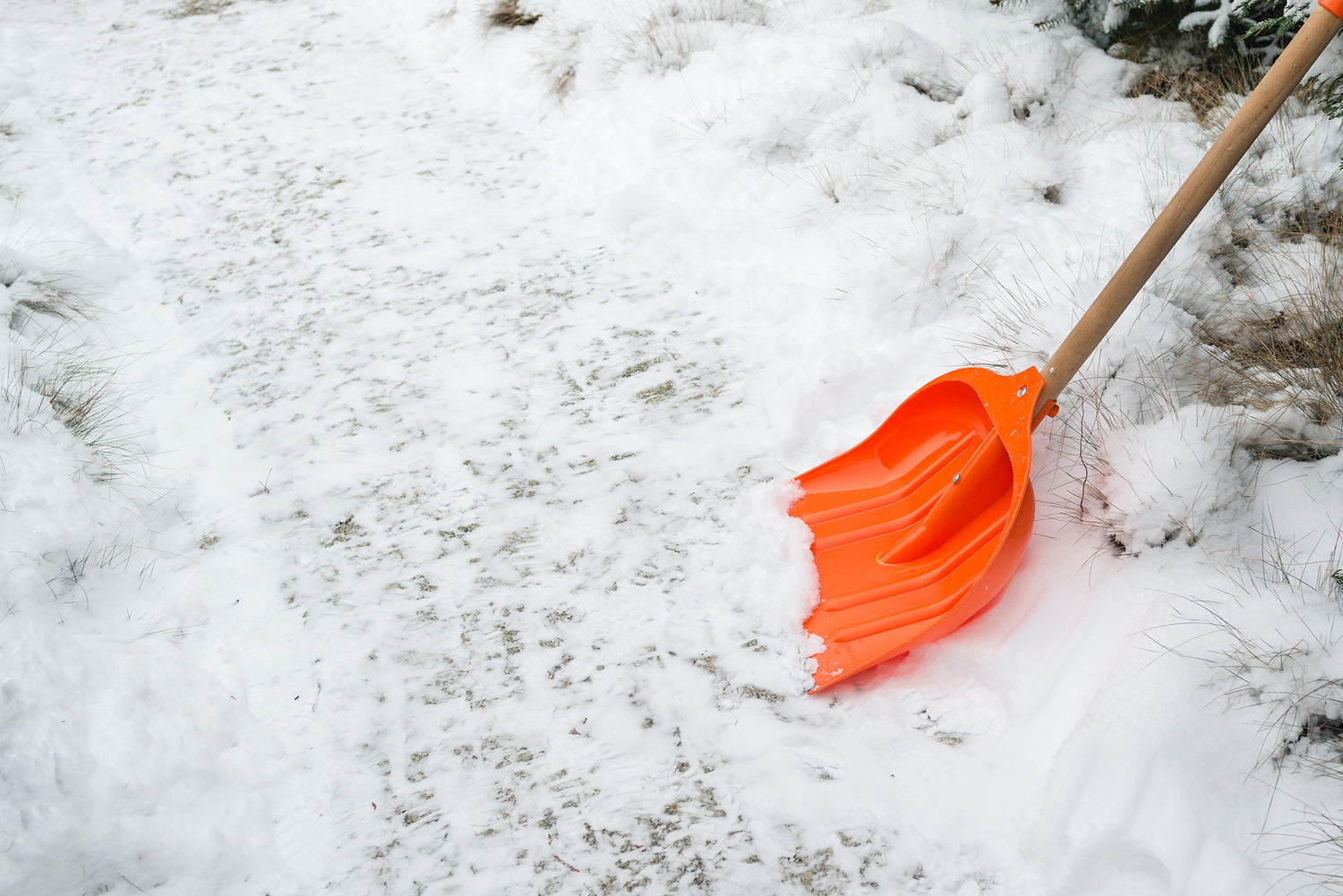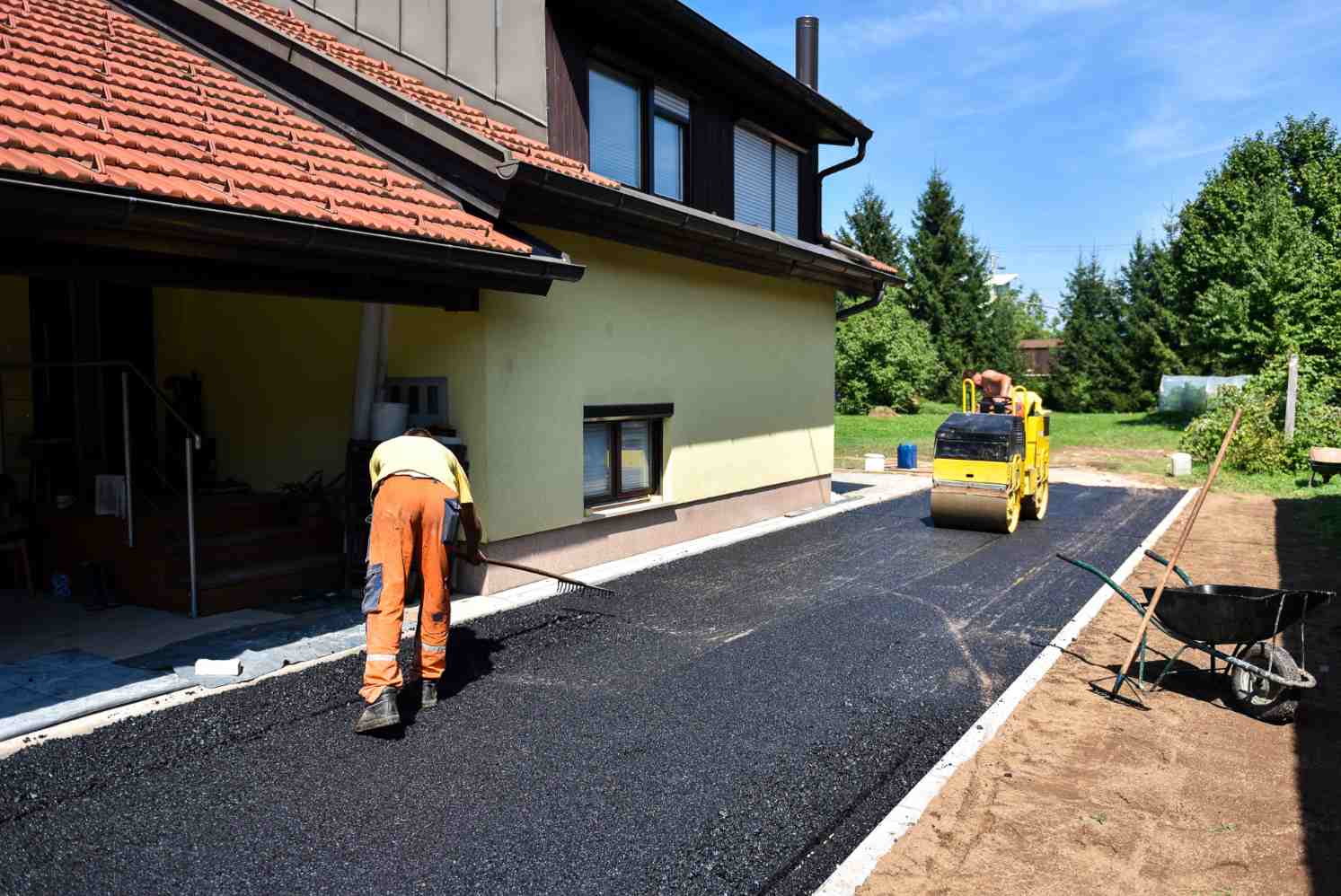
Concrete and snow are a tricky combination during the winter months, and keeping walkways and driveways clear is a priority when it comes to maintaining safe passage to and from your home. Accumulating snow can quickly result in a safety hazard leading to potential slips, falls and injury.
There are several options for clearing snow from concrete driveways and walkways. Some are less labor-intensive than others and are therefore a more attractive and common option. Using a snow-melt or ice-melt product is one such method that provides an efficient solution for keeping concrete areas safe and relatively snow-free.
The Safety of Your Concrete
While using the right snow-melt product is a great way to ensure the safety of anyone coming in contact with snow-covered concrete, it’s also important to consider the safety of the concrete itself when choosing the right product.
For any homeowner, installing a concrete driveway is a significant cost, and winter can be particularly harsh on concrete. The cycle of freezing and thawing can cause substantial cracking resulting in costly repairs come springtime. As well, one of the most commonly used de-icers, rock salt, damages concrete by increasing water absorption, which, because of the freeze-thaw cycle, causes cracking and damage, or “spalling,” to its surface.
It’s important to note that snow-melt products are different from traditional rock salt when it comes to their composition. Rock salt consists solely of sodium chloride, while snow- or ice-melt products are sodium chloride combined with other minerals such as magnesium or calcium.
Safe Snow-Melt Products for Concrete
Snow-melt products typically work by attracting water and creating brine, a combination of salt and water. This process generates heat, resulting in melting ice and snow. The following are considered the safest of these products for concrete:
Calcium Chloride
This is a popular snow-melt product that’s considered one of the best options for concrete. It’s effective at lower temperatures (down to -26 degrees Fahrenheit) and works by breaking the bond between the surface of concrete and ice. It works quickly, is safer for the environment, and is less corrosive than other products.
Magnesium Chloride
This option is also considered one of the best and safest products for concrete. It’s not effective at as low a temperature as calcium chloride, but it isn’t considered corrosive and can be safely used around plants and landscaping.
Potassium Chloride
This is a slower melting product than the previous two and works at higher temperatures (down to 26 degrees Fahrenheit). In addition to being safe for use on concrete, it’s also considered safe for plants, pets, and water supplies.
Calcium Magnesium Acetate (CMA)
Unlike the other products mentioned, this product does not work by forming a brine. Rather, it prevents snow particles from adhering to one another on concrete surfaces. Partly, it consists of acetic acid, the main component of vinegar, and is safe for plants and animals. It’s also used as an additive to other snow melts to improve their safety.
CMA is such a great choice for concrete that it’s actually meant for use with newer surfaces less than two years old and is effective down to temperatures of about 20 degrees Fahrenheit. It also comes in very small granules, making it possible to cover large areas with a small amount.
Urea
Urea is commonly used as a fertilizer. However, because of the heat it produces, it’s also effective as a snow-melt product. For this reason it’s considered plant-safe but, like potassium chloride, it works at higher temperatures, 25 degrees Fahrenheit and above.
While there are a lot of options for keeping concrete clear during the snow season, these are considered the safest ones for preserving its quality and integrity. Of course, there are other safe options for snow removal from concrete, including “green” alternatives and other non-chemical choices such as mechanical removal; traction-boosting agents; installing a heated driveway; and using heated snow-melting mats.


